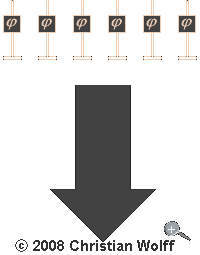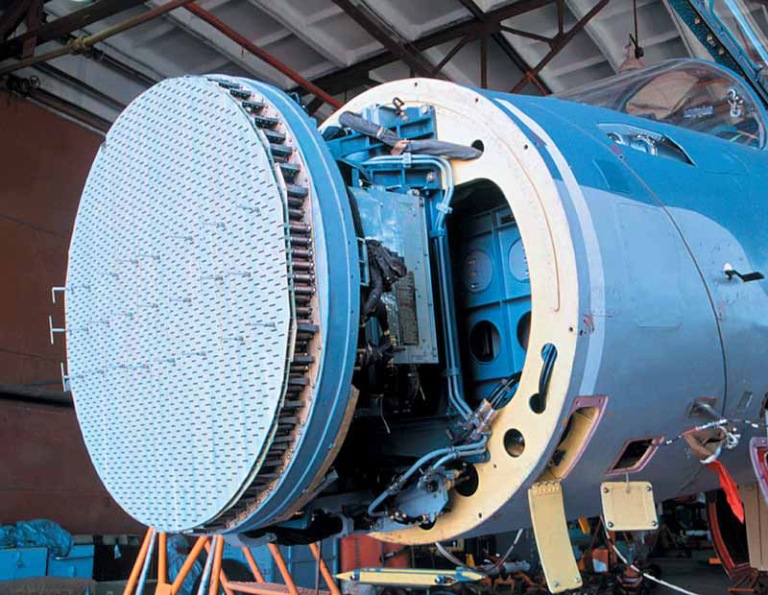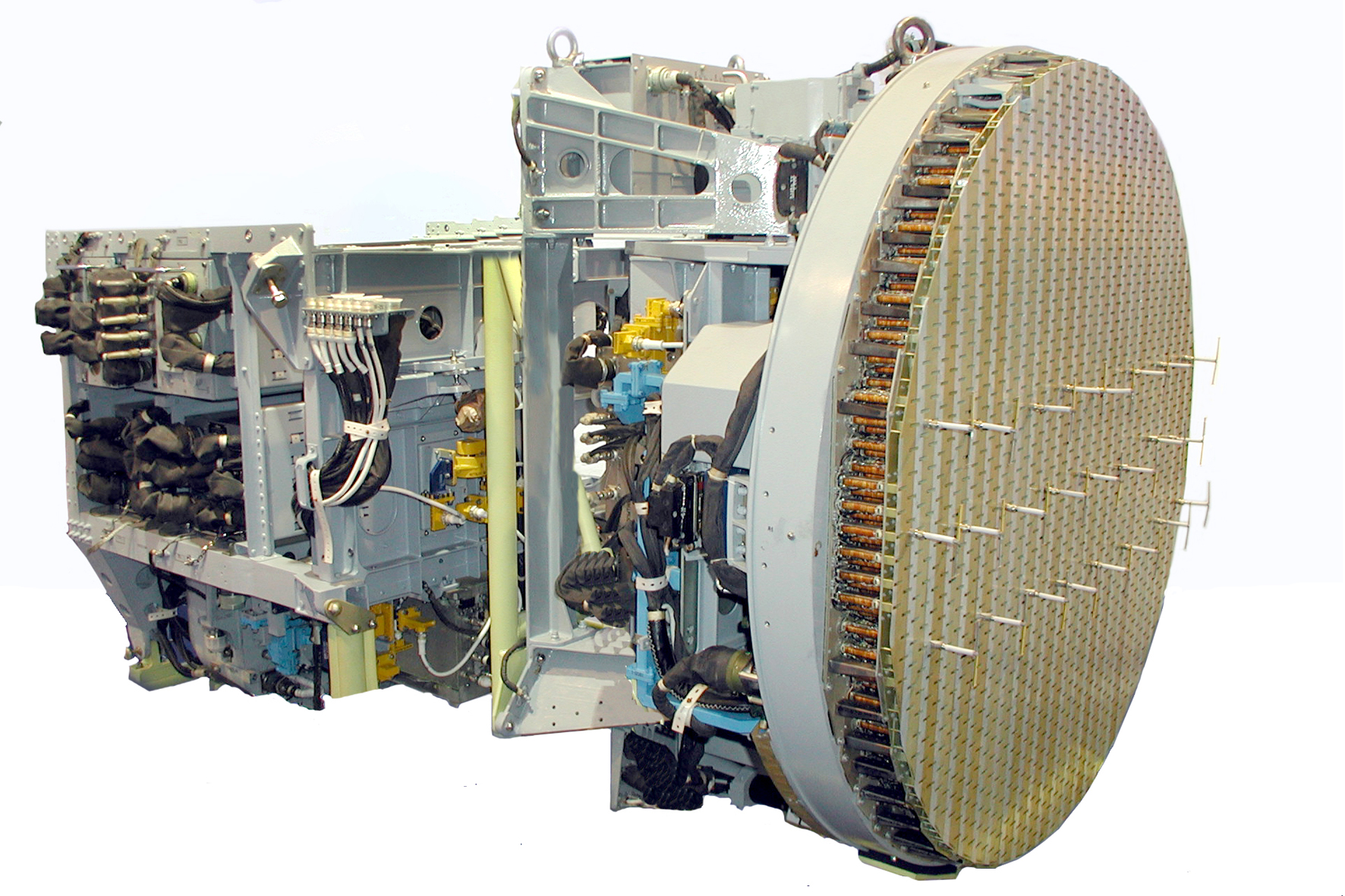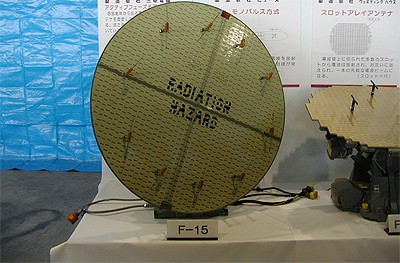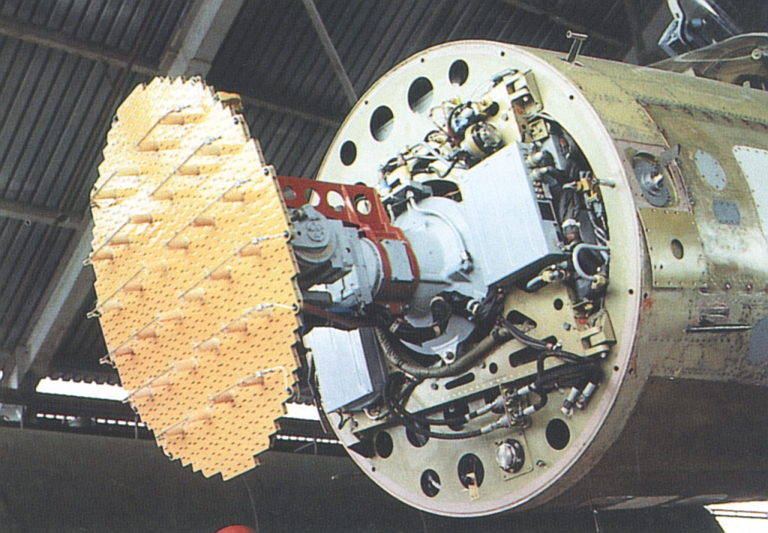The US had a major technology breakthrough in AESA design around a half decade ago when Gallium Nitride (GaN) HEMT (High Electron Mobility Transistor) X-band transistors were perfected, allowing considerably more output power than earlier Gallium Arsenide transistors. This has created an effect not unlike euphoria in some parts of the US defence industry, and a worldwide drive by global semiconductor houses to occupy the market. Historically AESA performance was limited by the power output per module at X-band, typically of the order of 2 to 5 Watts per module. The GaN transistor technology appears at this stage to be capable of delivering ten times the power per module, which changes the problem AESA designers face from barely getting viable power output, to not having enough cooling and electrical power capacity to cope with the transistor technology available. A good example is the Toshiba TGI8596-50 GaN HEMT announced July, 2007, capable of delivering 50 Watts in the X-band and targeted at radar and microwave communications equipment.
The long term implications of the Gallium Nitride breakthrough in X-band microwave transistor technology are most interesting. If AESA designers are not significantly limited by basic technology in the microwave power they can extract from each AESA module, then radar power aperture performance will grow until it hits the limits of the power generation and especially cooling capacity of an airframe.
Consider a radar design with 1500 modules, and the availability of modules capable of, if powered and cooled adequately, transmitting 40 Watts of continuous wave X-band microwave power, with an efficiency of 50 percent (PAE=50%). The sustained peak power such an AESA could produce is of the order of 60 kiloWatts. If we assume the Gallium Nitride transistors are capable of sustaining 160 Watts each this power rating can be quadrupled to PPEAK=240 kiloWatts. For comparison X-band GaN/SiC transistors rated at 80 Watts have already been reported in the research literature. With an aperture area of about 0.65 m2 this yields a power aperture product of the order of 51.9 dBW or a relative range increase compared to contemporary top end 20 kiloWatt class fighter radars of around 150 percent. The utility of this range increase may be irrelevant considering conventional targets, but where it matters is in providing the ability to detect stealthy targets at very good ranges.






